Home>diy>Building & Construction>What Is A Headwall In Construction
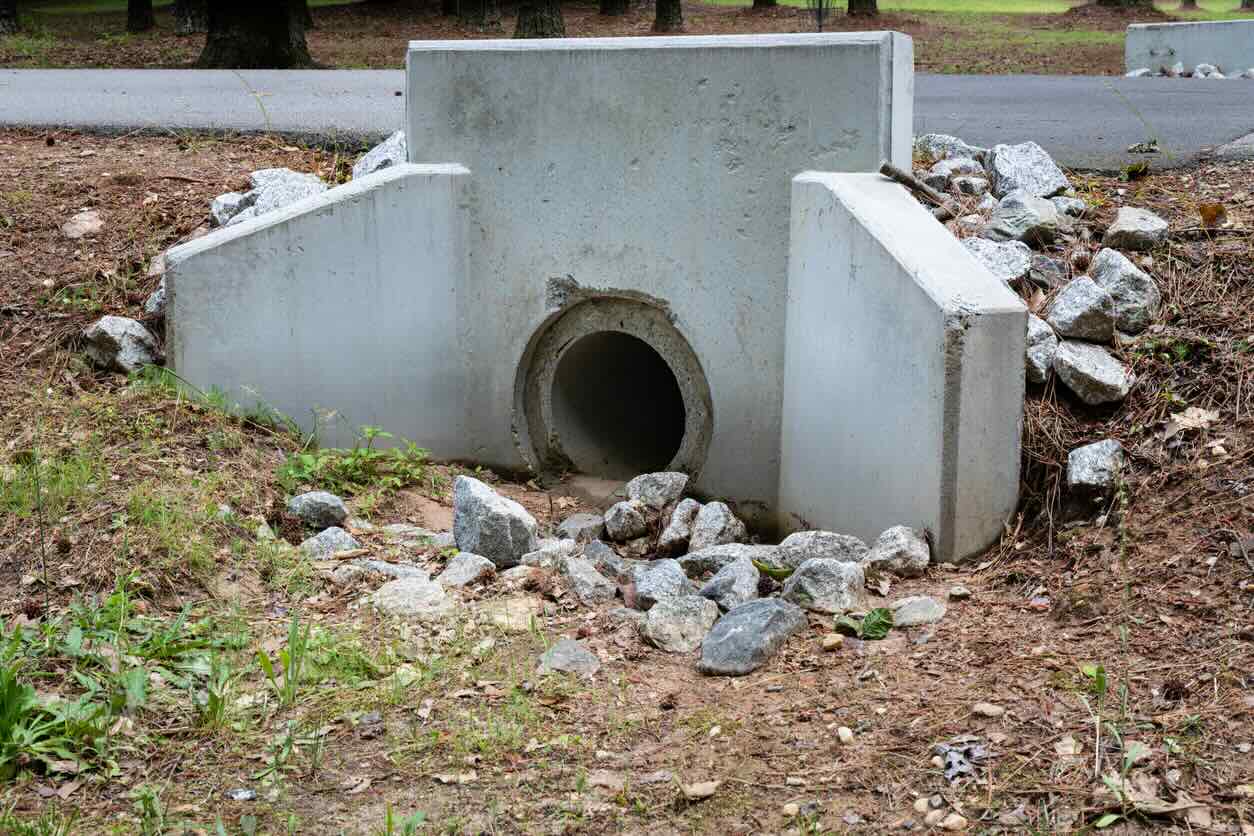

Building & Construction
What Is A Headwall In Construction
Modified: August 27, 2024
Learn about the importance of headwalls in building construction and how they enhance structural stability and drainage systems.
(Many of the links in this article redirect to a specific reviewed product. Your purchase of these products through affiliate links helps to generate commission for Storables.com, at no extra cost. Learn more)
Introduction
In the field of construction, there are various elements and structures that are integral to the overall design and functionality of a building or infrastructure project. One such important component is a headwall. A headwall plays a crucial role in providing structural support and facilitating the efficient management of water flow.
In this article, we will explore the concept of a headwall, its purpose and components, different types of headwalls, design considerations, the construction process, common applications, and maintenance and repair techniques. Whether you are a construction professional or simply interested in learning more about building structures, this comprehensive guide will provide you with a deeper understanding of headwalls.
Key Takeaways:
- Headwalls are essential for erosion control, water flow management, and structural support in construction projects involving drainage systems, bridges, and culverts. Understanding their components, types, and design considerations is crucial for optimal functionality.
- The construction process, common applications, and maintenance practices of headwalls are vital for ensuring their longevity and effectiveness. Regular inspections, proper drainage, and timely repairs are necessary to preserve their structural integrity and functionality.
Read more: What Is Construction
Definition of a Headwall
A headwall is a vertical or sloping structure located at the end of a culvert, bridge, or stormwater drainage system. It serves as a barrier that provides support and stability to the surrounding soil or concrete structure. The primary function of a headwall is to protect the embankment or structure from erosion caused by the force of water flow.
The design of a headwall is typically tailored to the specific requirements of the project and the anticipated water flow conditions. Headwalls are commonly made from durable materials such as concrete, stone, or metal to ensure longevity and structural integrity.
One of the distinguishing features of a headwall is the presence of an opening or inlet structure. This allows water to enter or exit the drainage system, while still effectively directing the flow and preventing erosion. The size and shape of the opening can vary depending on the intended purpose and hydraulic conditions.
Additionally, headwalls often incorporate drainage pipes or culverts that provide a conduit for water to be channeled from one side of the structure to the other. These pipes are carefully positioned and secured within the headwall to ensure optimal functionality and prevent damage due to the force of water flow.
Overall, a headwall is a critical component of infrastructure projects involving drainage systems, bridges, and culverts. Its purpose is to protect the surrounding environment, maintain the stability of the structure, and effectively manage water flow.
Purpose of a Headwall
The purpose of a headwall in construction is multi-fold, encompassing both structural integrity and hydraulic efficiency. Let’s explore the key purposes of a headwall in more detail:
- Erosion Control: A primary purpose of a headwall is to prevent erosion. When water exits a stormwater drainage system or flows through a culvert or bridge, it can exert a significant force on the surrounding soil or structure. A well-designed headwall acts as a barrier that disperses and redirects this force, safeguarding against erosion of the embankment or concrete structure.
- Water Flow Management: Another vital purpose of a headwall is to efficiently manage the flow of water. By incorporating an opening or inlet structure, the headwall allows water to enter or exit the drainage system while controlling the velocity and direction of the flow. This helps prevent localized flooding, water stagnation, and damage to adjacent areas.
- Structural Support: A well-constructed headwall provides essential support and stability to the surrounding soil or structure. It acts as a retaining wall, holding back the earth and preventing slope failures or collapses. This is especially critical in areas with unstable soil conditions or high water table levels.
- Channeling and Conveyance: Headwalls often include drainage pipes or culverts that facilitate the channeling and conveyance of water. These pipes act as conduits, allowing water to pass through the headwall from one side to another. By guiding the flow, the headwall prevents blockages, reduces turbulence, and promotes efficient drainage.
Overall, the purpose of a headwall is to ensure the longevity, functionality, and safety of infrastructure projects involving drainage systems, bridges, or culverts. It protects against erosion, manages water flow, provides structural support, and facilitates the smooth conveyance of water, playing a vital role in maintaining the integrity and efficiency of the overall construction.
Components of a Headwall
A headwall consists of various components that work together to provide stability, functionality, and structural support. Understanding these components is crucial for the proper design, construction, and maintenance of a headwall. Let’s take a closer look at the key components of a typical headwall:
- Structural Wall: The main component of a headwall is the vertical or sloping structural wall. This wall is typically made of durable materials such as concrete, stone, or metal, designed to withstand the forces exerted by water flow and provide stability to the overall structure. The thickness and height of the wall are determined by factors such as the anticipated water flow, soil conditions, and design requirements.
- Opening or Inlet Structure: Located within the headwall, the opening or inlet structure allows water to enter or exit the drainage system. It is strategically positioned to control the flow direction and prevent erosion. The size, shape, and positioning of the opening depend on factors such as the expected water flow rate, hydraulic conditions, and project specifications.
- Apron: The apron is a horizontal extension at the base of the headwall. It helps to dissipate the energy of the water flow and reduce erosion around the structure. The apron is often made of concrete and is designed to be wider than the headwall to provide sufficient protection and stability.
- Drainage Pipes or Culverts: Many headwalls incorporate drainage pipes or culverts that serve as conduits for water flow. These pipes are carefully positioned and secured within the headwall to allow water to pass through from one side to the other. They are crucial for efficient drainage and preventing blockages or flooding.
- Wing Walls: Wing walls are often found on either side of the headwall. These walls provide additional structural support, help guide the water flow towards the opening, and prevent erosion along the embankments. Wing walls can be straight or curved, depending on the design requirements.
- Footings: The footings of a headwall are the base support that distributes the weight of the structure to the ground. They are typically made of reinforced concrete and are designed to ensure stability and prevent settlement of the headwall. The size and depth of the footings depend on factors such as the height and load-bearing capacity of the headwall.
These components work collaboratively to provide the necessary stability, functionality, and flow control of a headwall. Proper design and construction of each component are essential for the longevity and efficiency of the overall structure.
Types of Headwalls
Headwalls come in various types, each designed to meet specific project requirements and drainage system characteristics. Understanding the different types of headwalls can help determine the most suitable option for a particular construction project. Here are some common types of headwalls:
- Straight Headwall: The straight headwall is the most basic and common type. It consists of a vertical or slightly sloping wall with a straight opening or inlet structure. This type is often used in straightforward drainage systems where the water flow is relatively consistent and predictable.
- Mitred Headwall: A mitred headwall is similar to a straight headwall but includes angled wing walls on either side of the headwall. These angled walls help redirect the flow of water and prevent erosive effects, particularly in situations where the incoming water needs to be diverted at an angle.
- Curved Headwall: Curved headwalls feature a curved shape designed to effectively manage a more complex water flow pattern. The curvature helps to regulate the velocity and flow direction, minimizing the chances of erosion and turbulence. Curved headwalls are commonly seen in areas where the water flow varies or changes direction.
- Drop Inlet Headwall: A drop inlet headwall has a drop structure incorporated into the design. It is used in situations where there is a significant elevation difference between the inlet and the outlet. The drop structure allows for a smoother transition of the water flow and controls the energy dissipation, preventing erosion and damage downstream.
- Multiple-pipe Headwall: As the name suggests, a multiple-pipe headwall includes multiple drainage pipes or culverts arranged side by side within the structure. This type of headwall is often used in areas with high flow volume or when multiple outlets need to be accommodated.
- Box Culvert Headwall: Box culvert headwalls are designed explicitly for structures that include box culverts. They are constructed to match the shape and dimensions of the culvert, ensuring a seamless connection and optimal flow management.
Additionally, headwalls can also be categorized based on the materials used, such as concrete headwalls, stone headwalls, or metal headwalls. The material selection depends on factors like the project requirements, budget, and desired aesthetic appearance.
Each type of headwall offers different advantages and is suited for specific conditions. Conducting a thorough analysis of the project requirements and consulting with engineering professionals will help determine the most appropriate type of headwall for a construction project.
A headwall in construction is a vertical structure at the end of a bridge or culvert to support the roadway and prevent erosion. It is typically made of concrete and should be designed to withstand the forces of water flow.
Read more: What Is Residential Construction
Design Considerations for Headwalls
Designing a headwall requires careful consideration of various factors to ensure optimal performance, structural integrity, and hydraulic efficiency. Here are some crucial design considerations to keep in mind when planning a headwall:
- Water Flow Characteristics: Understanding the water flow characteristics in the area is essential. Factors such as flow rate, velocity, and direction of water should be evaluated to determine the appropriate size and shape of the headwall opening, as well as the angle and position of wing walls, to effectively manage the flow.
- Soil Conditions: The soil conditions at the headwall site play a significant role in the design process. The type of soil, its stability, and bearing capacity influence the dimensions and reinforcement requirements of the headwall and its footings. Conducting a thorough geotechnical investigation is crucial to ensure adequate structural support.
- Hydraulic Considerations: Proper hydraulic analysis is necessary to determine the expected flow patterns and velocities. This analysis helps in selecting the appropriate size and shape of the headwall opening, as well as the positioning of wing walls, to control water flow and prevent erosion or blockages.
- Applicable Regulations and Standards: Designing a headwall requires compliance with applicable local regulations, building codes, and industry standards. These regulations specify minimum design criteria, material specifications, load-bearing capacities, and construction techniques to ensure safety and compatibility with the surrounding environment.
- Proper Drainage: Adequate drainage provisions must be incorporated into the headwall design to prevent water accumulation behind or around the structure. Properly positioned drainage pipes or culverts are essential to facilitate the efficient passage of water and prevent potential damage or flooding.
- Accessibility and Maintenance: Consideration should be given to the ease of access for maintenance and inspection activities. Incorporating access points or hatches in the design allows for regular inspection and maintenance of the headwall without disrupting the surrounding landscape or the flow of water.
- Climate and Environmental Factors: The local climate, including rainfall patterns, freeze-thaw cycles, and temperature variations, can affect the durability and performance of the headwall. The choice of materials, surface finishes, and protective coatings should be carefully selected to withstand the environmental conditions and prolong the lifespan of the structure.
- Aesthetics: While functionality is paramount, the aesthetic appeal of the headwall should not be overlooked, especially in urban or visible areas. The choice of materials, textures, colors, and finishes can help integrate the headwall into the surrounding landscape or architectural setting.
By taking these design considerations into account, engineers and designers can create headwalls that are structurally sound, hydraulically efficient, and harmonious with the project requirements and environmental surroundings.
Construction Process of a Headwall
The construction process of a headwall involves several key steps to ensure its structural integrity and functionality. From site preparation to final finishing touches, here is an overview of the typical construction process for a headwall:
- Site Preparation: The first step is to prepare the construction site. This involves clearing the area, excavating the soil to the required depth, and ensuring a stable foundation for the headwall.
- Foundation Construction: Once the site is prepared, the next step is to construct the foundation for the headwall. This involves excavating and compacting the subgrade, followed by the placement of formwork for the footings. Reinforcement steel is then installed as per the design specifications, and concrete is poured to create the footings.
- Formwork Installation: Formwork is installed along the perimeter of the headwall to provide structure and shape during the pouring of concrete. The formwork is typically made from plywood or metal panels and is secured with braces and supports to ensure stability during the pouring process.
- Concrete Placement: After the formwork is in place, concrete is poured into the designated area, including the vertical structural walls, wing walls, and any other components. Care is taken to ensure proper compaction and consolidation of the concrete to achieve the desired strength and durability.
- Finishing and Curing: Once the concrete is poured, the surface is finished to achieve the desired texture and appearance. This can include various techniques such as troweling, brushing, or stamping. After finishing, the concrete is allowed to cure properly to attain its maximum strength and durability. Curing may involve covering the concrete with curing blankets or applying a curing compound to prevent moisture loss.
- Installation of Drainage Pipes or Culverts: If the design involves the incorporation of drainage pipes or culverts, these are installed within the headwall structure. Precise measurements and connections are made to ensure proper alignment and functionality.
- Backfilling and Compaction: After the concrete has cured, the area behind the headwall is backfilled with suitable material, such as compacted soil or aggregate, to provide additional support and stability. The backfilled material is carefully compacted in layers to prevent settling and maintain the integrity of the headwall.
- Final Grading and Landscaping: Once the backfilling is complete, the final grading is carried out to ensure proper water drainage away from the headwall. Landscaping elements, such as vegetation or erosion control measures, may be added to enhance the appearance and functionality of the surrounding area.
Throughout the construction process, adherence to engineering and safety standards, as well as regular monitoring and inspection, is essential to ensure the quality and performance of the headwall. By following these steps, a well-constructed headwall can be achieved, providing stability, erosion control, and efficient water flow management for the construction project.
Common Applications of Headwalls
Headwalls find application in various construction projects and infrastructure developments where effective drainage management and erosion control are essential. Let’s explore some of the common applications of headwalls:
- Bridge Construction: Headwalls are often used in bridge construction projects to protect the bridge abutments and approach fills from erosion caused by water flow. They provide a stable transition between the bridge structure and the surrounding terrain, ensuring the integrity and longevity of the bridge.
- Culvert Installations: Culverts are underground pipes or tunnels that allow water to flow through a roadway or embankment. Headwalls are essential components of culvert installations, serving to provide structural support, facilitate water flow management, and prevent erosion around the culvert openings.
- Stormwater Management: Headwalls play a crucial role in stormwater management systems, including retention ponds, swales, and drainage channels. They control water flow, protect against erosion, and ensure efficient conveyance of stormwater, reducing the risk of flooding and property damage.
- Retaining Walls: Headwalls are often utilized in conjunction with or as part of retaining walls. They provide stability and protection to the wall structure, preventing erosion and maintaining the integrity of the soil behind the wall. This is especially important in terraced landscapes or areas with steep slopes.
- Water Control Structures: Headwalls are integral components of water control structures, such as levees, dams, and flood protection systems. They help regulate water flow, prevent erosion, and maintain the stability and effectiveness of these structures during normal and extreme water events.
- Storm Drainage Systems: Headwalls are employed extensively in storm drainage systems, including roadside drainage ditches and storm sewers. They channel and control the flow of stormwater, protecting against erosion, and preventing blockages that can lead to localized flooding.
These are just a few examples of the common applications of headwalls. The versatility, functionality, and structural support provided by headwalls make them crucial components in a wide range of construction projects where effective water management and erosion control are paramount.
Maintenance and Repair of Headwalls
Regular maintenance and timely repairs are essential to ensure the longevity, functionality, and structural integrity of headwalls. Neglected headwalls can lead to erosion, deterioration, and potential drainage system failures. Here are some important maintenance and repair practices to consider:
- Regular Inspections: Conducting routine inspections is critical to identify any signs of damage, erosion, or structural issues. Inspections should include a thorough examination of the headwall, including the structural walls, wing walls, drainage pipes or culverts, and the surrounding areas. Regular inspections allow for early detection of any problems, enabling prompt and cost-effective repairs.
- Clear Debris and Vegetation: Regularly clear debris, such as leaves, sediment, and trash, from the headwall opening and surrounding areas. Remove any vegetation that may obstruct the water flow or compromise the stability of the headwall.
- Ensure Proper Drainage: Check the functionality of drainage pipes or culverts within the headwall. Ensure they are not clogged or blocked by debris. Clear any obstructions to maintain effective water flow and prevent flooding.
- Address Erosion Control: Pay attention to signs of erosion around the headwall. If erosion is occurring, it should be promptly addressed to prevent further damage. Implement erosion control measures, such as adding erosion-resistant materials, installing erosion control blankets, or planting vegetation to stabilize the soil.
- Repair Cracks and Damage: Any cracks, spalling, or deterioration observed on the headwall should be repaired as soon as possible. Depending on the extent of the damage, repairs may involve patching with suitable materials, injecting epoxy resins, or full-scale reconstruction if necessary.
- Maintain Proper Grading: Ensure that the grading around the headwall is appropriate to channel water away from the structure. Adjust grading if necessary to prevent water pooling near the headwall, which can lead to undermining of the foundation and potential damage.
- Perform Structural Stability Assessments: Periodically assess the structural stability of the headwall, especially in areas prone to soil movement or seismic activity. Consult with engineering professionals to evaluate the need for additional reinforcements or stability measures.
- Follow Manufacturer and Design Guidelines: Adhere to the guidelines provided by the headwall manufacturer and the design specifications during maintenance and repairs. Using proper materials, construction techniques, and following recommended procedures ensure the integrity of the headwall.
Regular maintenance, inspections, and timely repairs are crucial to prolong the lifespan and performance of headwalls. By implementing these practices, the functionality and effectiveness of the headwall in managing water flow and erosion control can be maintained, avoiding potential costly repairs and ensuring the overall success of the construction project.
Read more: What Are Swales In Construction
Conclusion
Headwalls are vital components in construction projects that involve drainage systems, bridges, culverts, and stormwater management. They provide essential support, protect against erosion, and facilitate efficient water flow management. Understanding the definition, purpose, components, types, design considerations, construction process, common applications, and maintenance of headwalls is key to ensuring their effectiveness and longevity.
Through careful design, incorporating the appropriate materials, and following industry standards, headwalls can provide structural integrity, hydraulic efficiency, and aesthetic appeal. Design considerations should include evaluating water flow characteristics, soil conditions, applicable regulations, drainage provisions, accessibility for maintenance, climate factors, and aesthetics. By considering these factors, the functionality and longevity of headwalls can be optimized, delivering effective performance for various applications.
The construction process of headwalls involves site preparation, foundation construction, formwork installation, concrete placement, finishing, installation of drainage pipes or culverts, backfilling, and final grading. Each step is crucial in ensuring the structural integrity and functionality of the headwall, with adherence to engineering and safety standards being of utmost importance.
Common applications of headwalls include bridge construction, culvert installations, stormwater management, retaining walls, water control structures, and storm drainage systems. Their versatility makes them integral in mitigating erosion, managing water flow, and maintaining stability in a variety of construction projects and infrastructure developments.
To ensure the longevity and effectiveness of headwalls, regular maintenance and timely repairs are necessary. This includes regular inspections, clearing debris and vegetation, ensuring proper drainage, addressing erosion control, repairing cracks and damage, maintaining proper grading, and following manufacturer and design guidelines. By following these practices, the structural integrity and functionality of headwalls can be preserved, minimizing the risk of erosion, failures, and costly repairs.
In conclusion, headwalls play a crucial role in the world of construction, providing essential support, erosion control, and efficient water flow management. By understanding their importance and implementing proper design, construction, and maintenance practices, headwalls can contribute to the longevity, safety, and effectiveness of infrastructure projects, ensuring their success for years to come.
Frequently Asked Questions about What Is A Headwall In Construction
Was this page helpful?
At Storables.com, we guarantee accurate and reliable information. Our content, validated by Expert Board Contributors, is crafted following stringent Editorial Policies. We're committed to providing you with well-researched, expert-backed insights for all your informational needs.
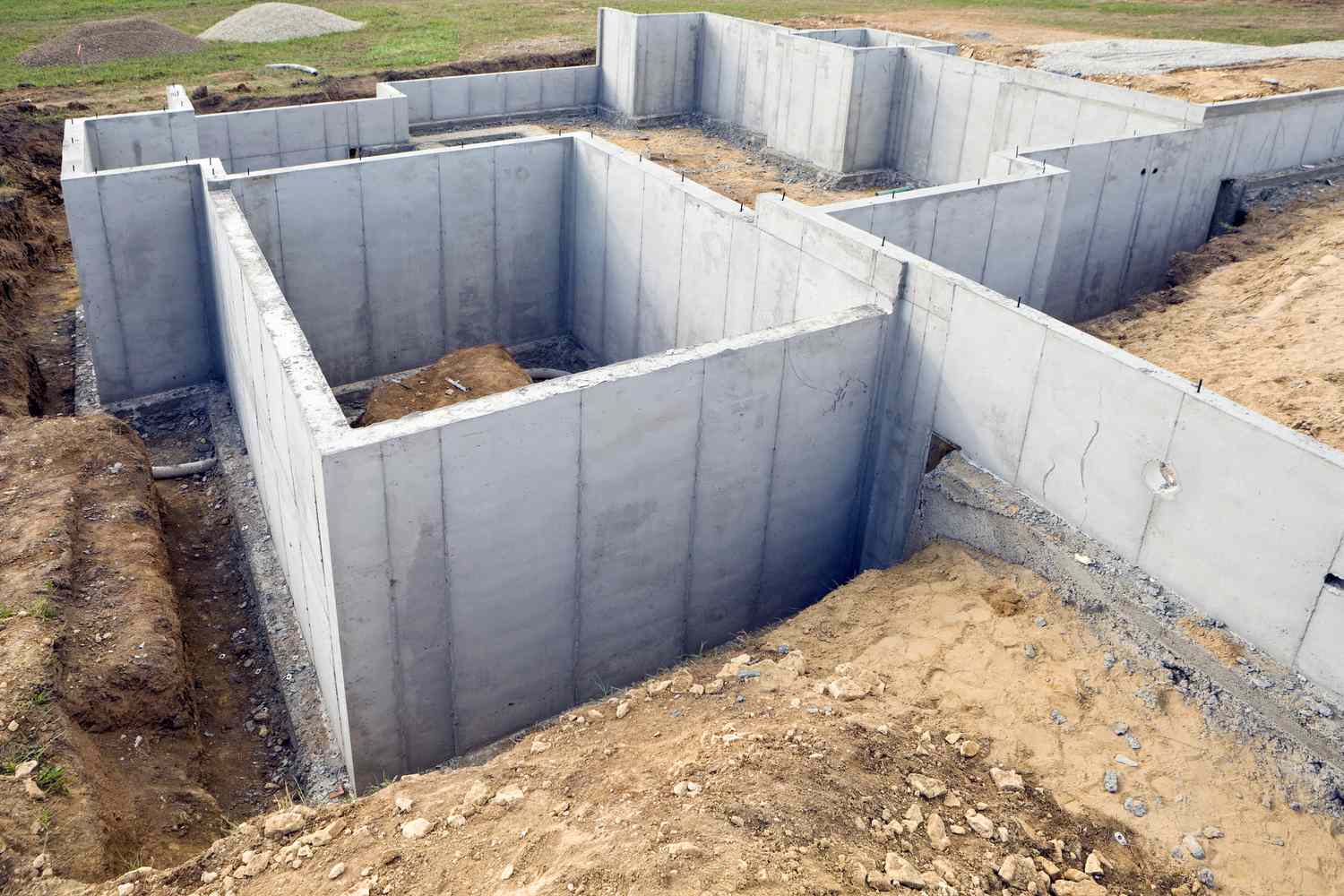


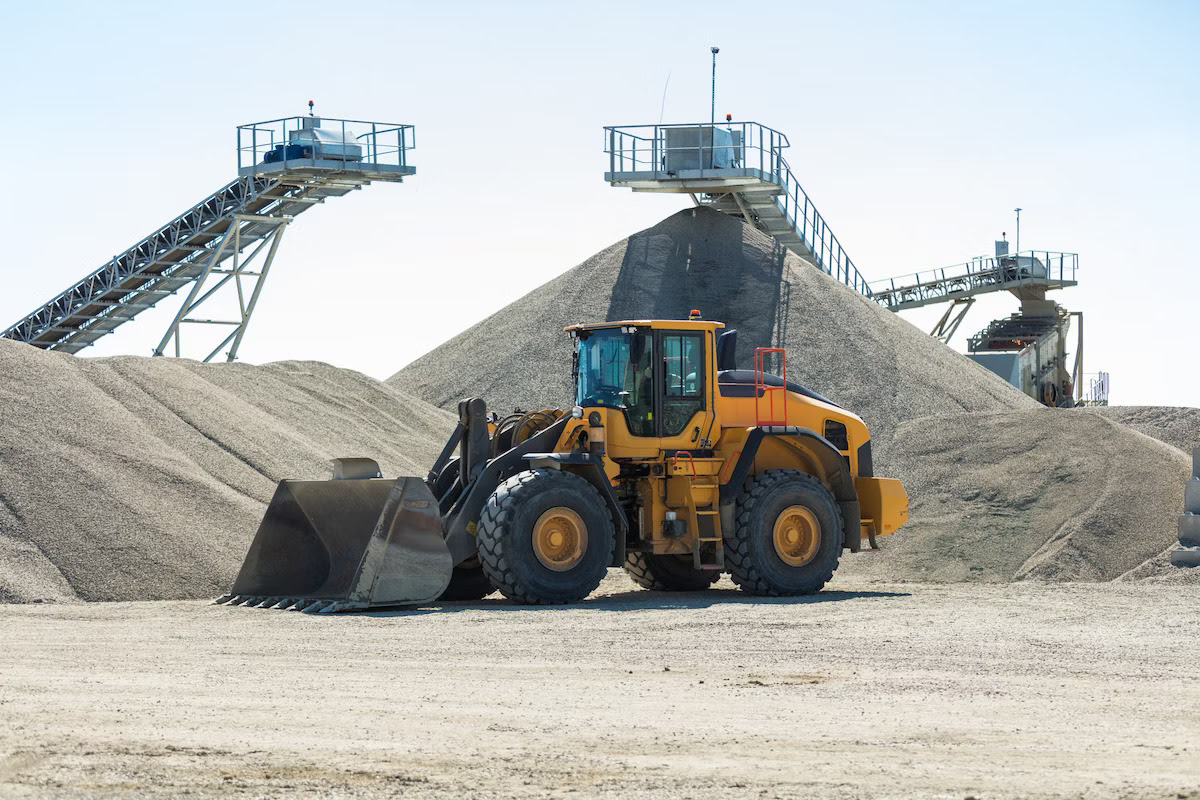



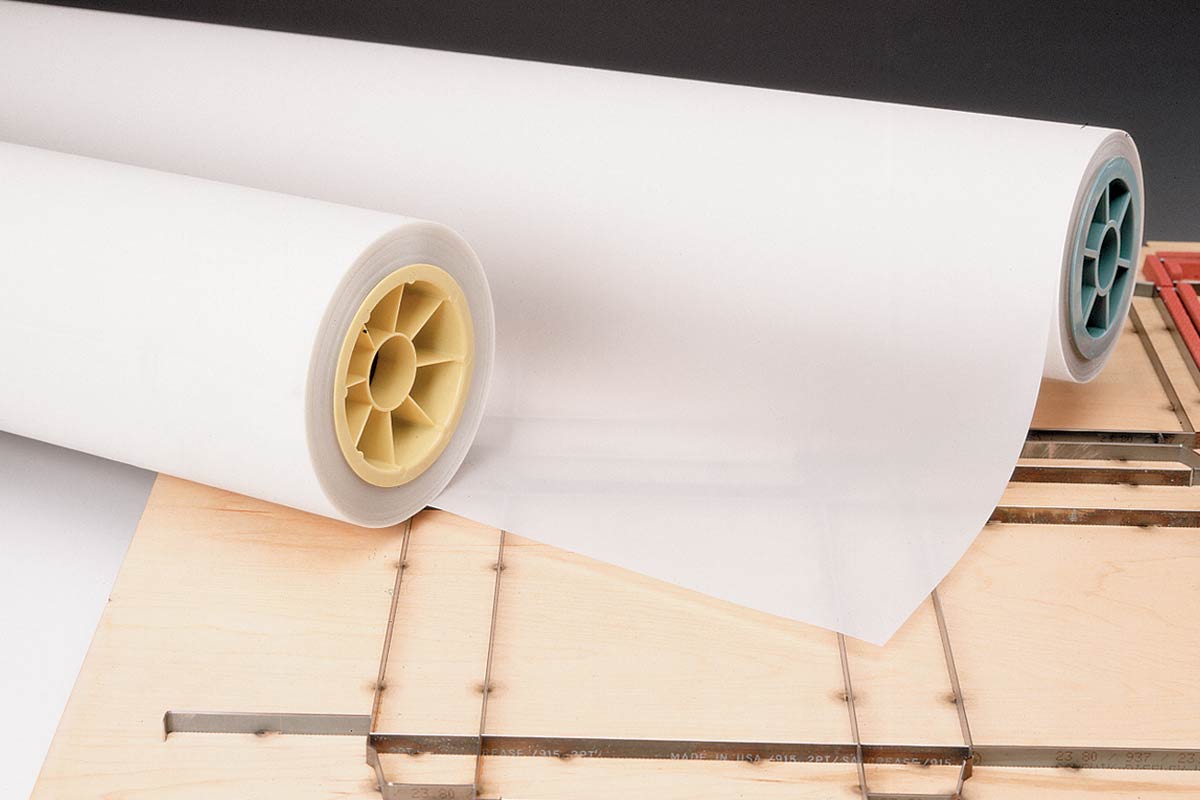
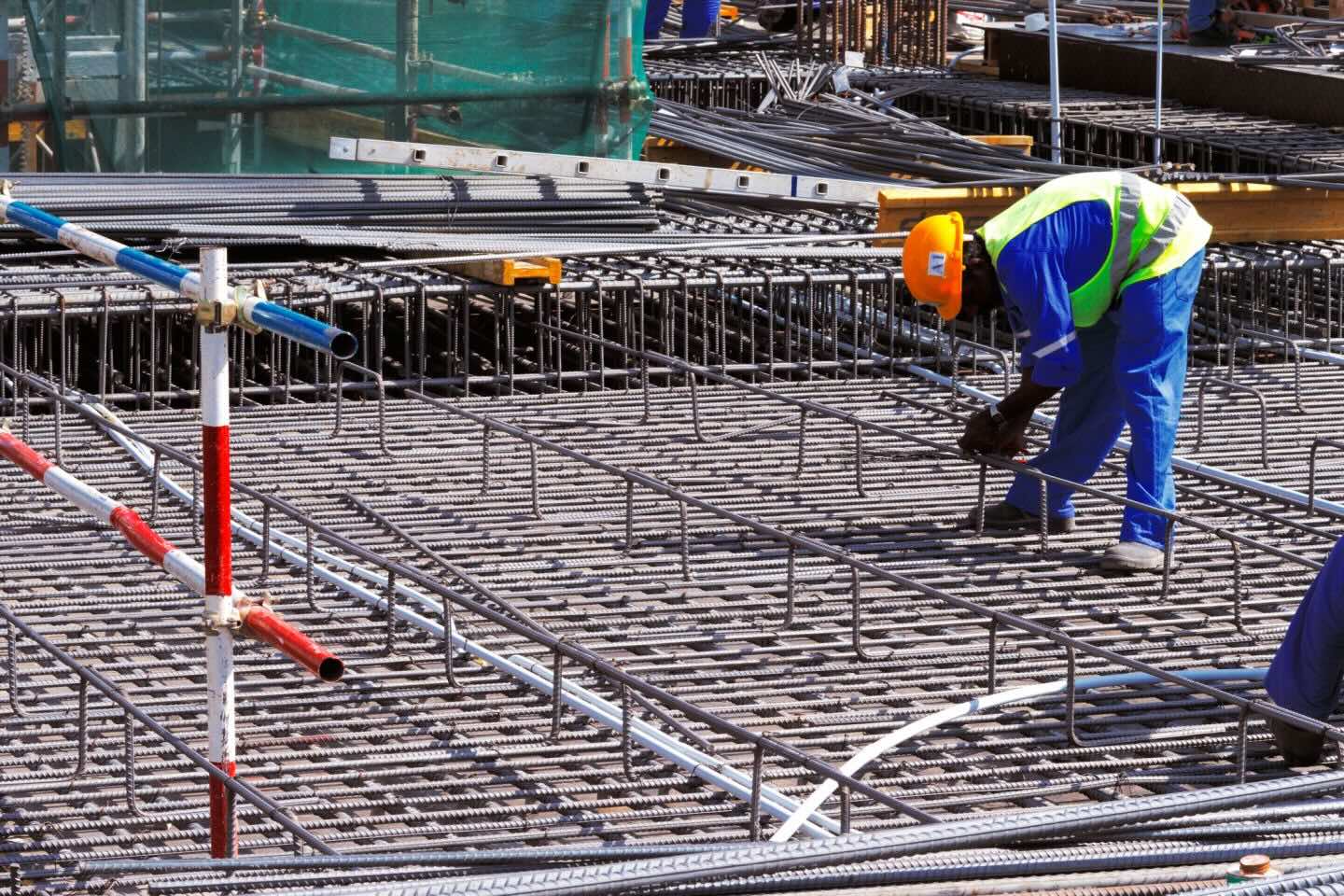

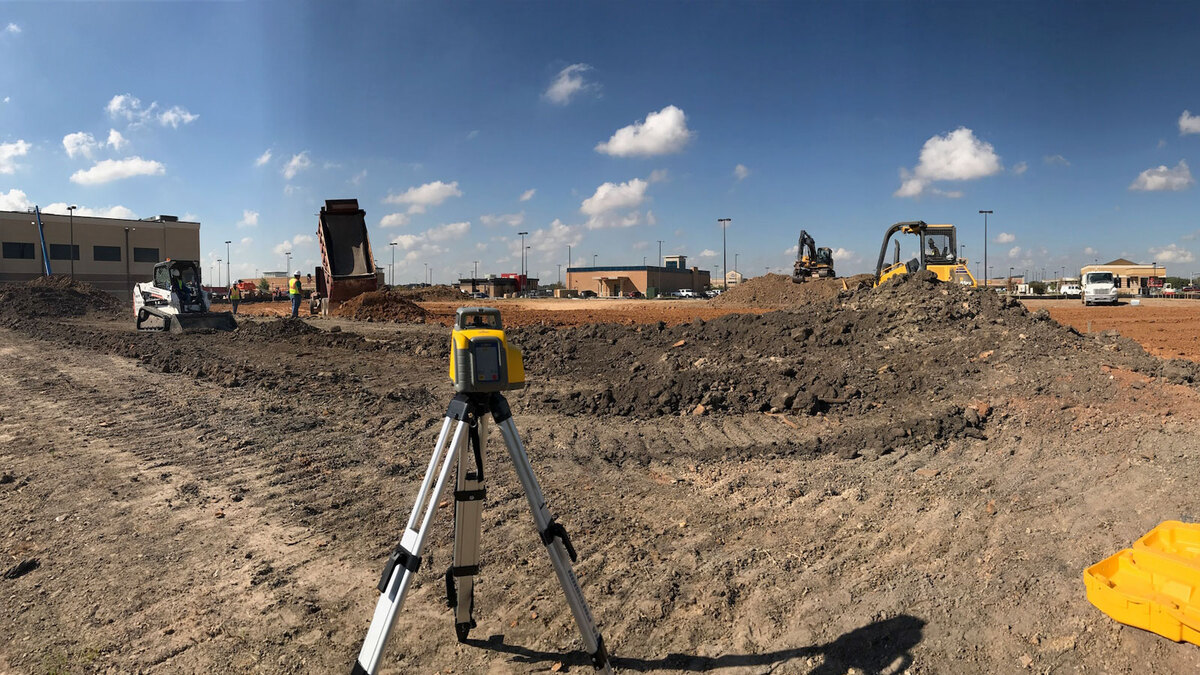
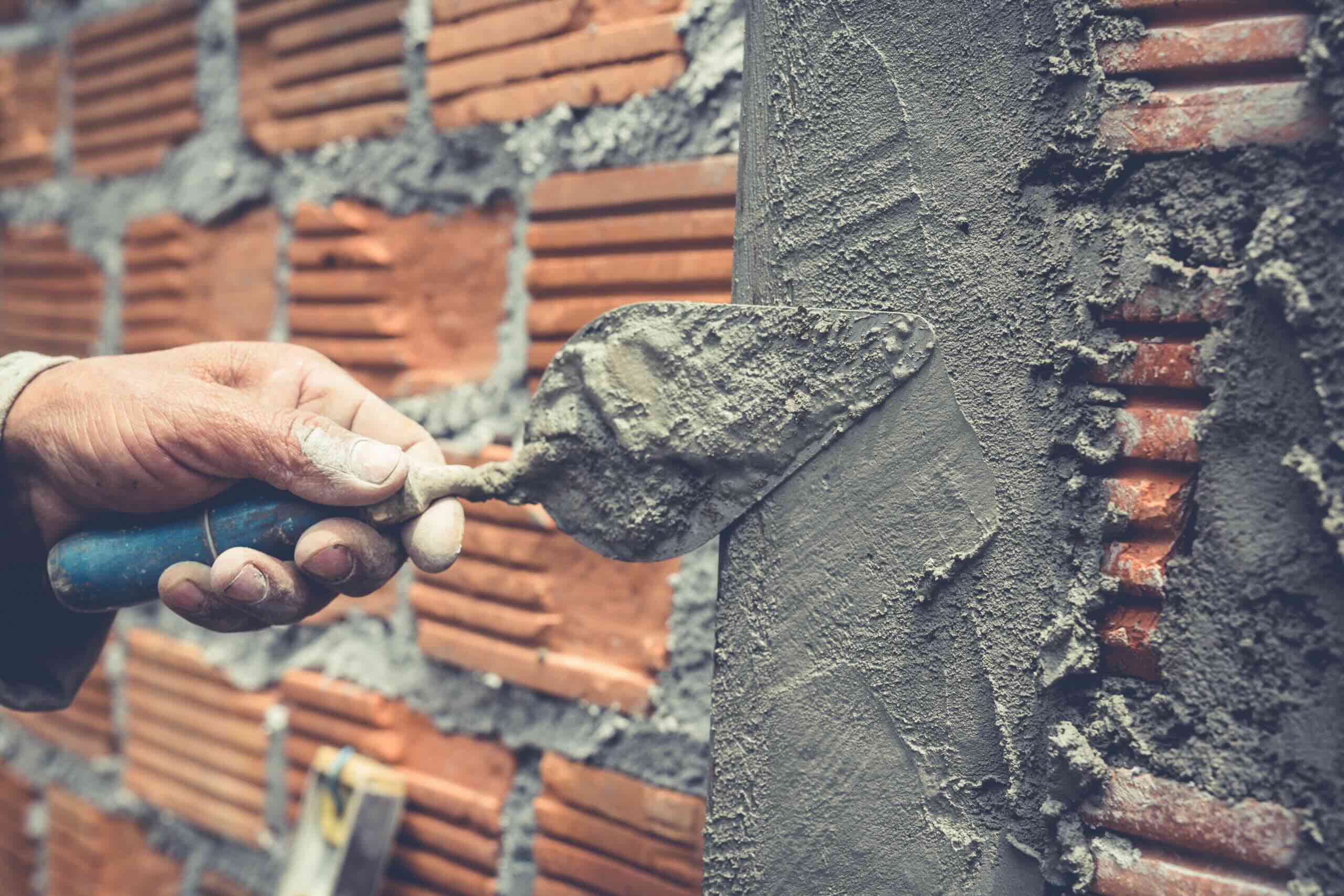


0 thoughts on “What Is A Headwall In Construction”